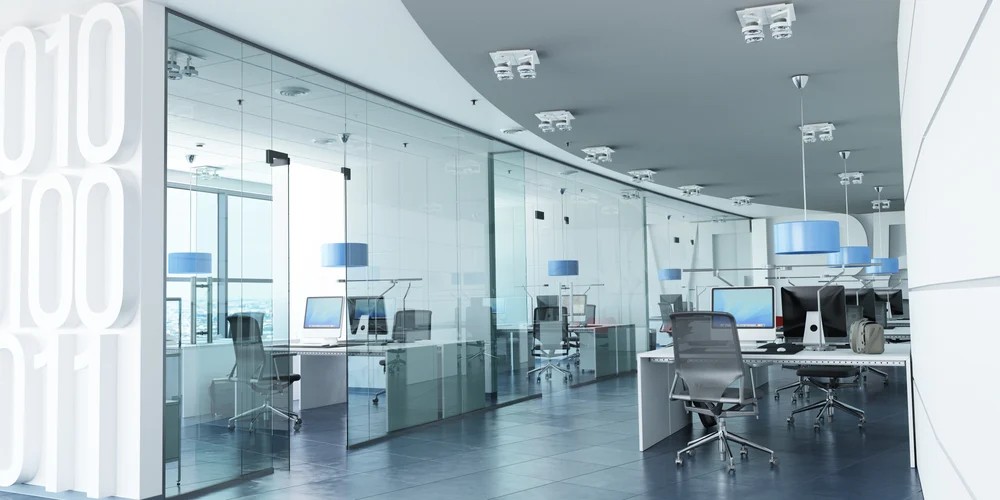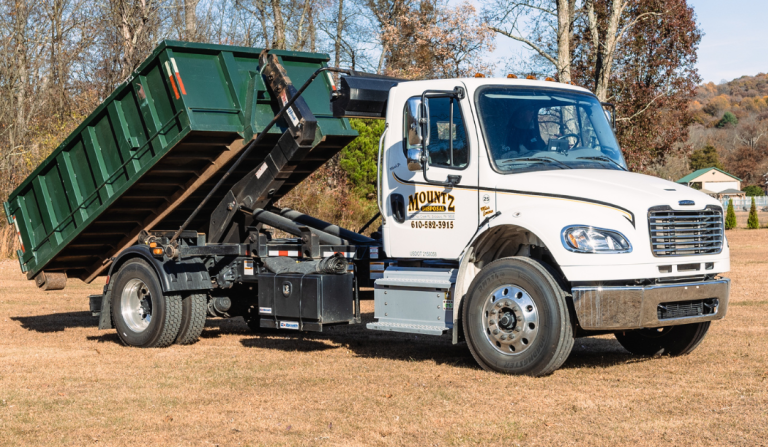
Hybrid work has become a defining feature of modern professional life. Offices today are no longer static or rigid spaces. They are evolving to reflect flexible schedules and diverse working patterns. The hybrid approach asks for thoughtful design and adaptive structures. A workplace must allow focus while also encouraging teamwork. This balance is central to success in a changing world. Organizations must build environments that support people in every possible way. The future of work lies in spaces that are both open and defined.
Shaping Focused Zones
Every hybrid environment must include quiet areas for concentration. People require calm settings where deep thinking can flourish. Distraction is common in shared environments and that harms efficiency. Focused areas must give space for uninterrupted mental effort. Clear divisions help protect tasks that need attention. A good office supports this without making anyone feel isolated. Balanced spaces make it easier to sustain productive energy. A calm setting can increase clarity and reduce mental fatigue.
Work is not only about tasks completed but also about how they are achieved. Focused zones allow people to step into a state of full attention. This separation between social and individual activity reduces tension. It helps create natural flow within the daily rhythm of hybrid work.
Supporting Collaboration Hubs
Workplaces must also inspire communication and teamwork. Hybrid work depends on spaces where people can meet easily. Collaboration is vital because ideas often emerge through shared dialogue. Environments that encourage discussion promote stronger trust among team members. Teams perform best when they feel able to connect openly. Flexible hubs provide the right foundation for this kind of exchange. These hubs allow both small groups and larger gatherings. Conversations flow more naturally in a space designed for inclusion.
Gathering is no longer tied to constant presence but to meaningful purpose. Collaboration hubs give teams a place where bonds can grow stronger. They help transform the workplace into a source of energy and shared vision.
Role of the Glass Office
Design is becoming a silent language of connection. A transparent partition offers both privacy and openness at once. It blocks sound yet allows visibility across different zones. The design gives focus without isolating teams completely. Light travels across departments without being blocked by solid structures. This openness fosters unity across roles that might otherwise stay separated. Employees see each other and feel part of a shared culture.
The glass office symbolizes this union of autonomy and collaboration. It makes a space look brighter and more welcoming. People feel less restricted and more comfortable in such an environment. This design supports hybrid work because it adapts naturally to multiple needs.
Preparing Workplaces for Change
Hybrid models keep shifting as new demands arise. Teams evolve and projects require different settings over time. Static structures fail to support this natural rhythm of change. Workplaces must be built for flexibility and future growth. A design that moves and adapts creates stability in times of uncertainty. Glass partitions can be reconfigured without much disruption to daily operations.
Conclusion
Future workplaces must reflect care for people and openness to change. Success in hybrid work will come through design that respects focus and community together. Organizations that embrace adaptability will remain strong in every shift. The future of work belongs to environments that are both defined and free. A workplace built for change creates a culture that endures.











